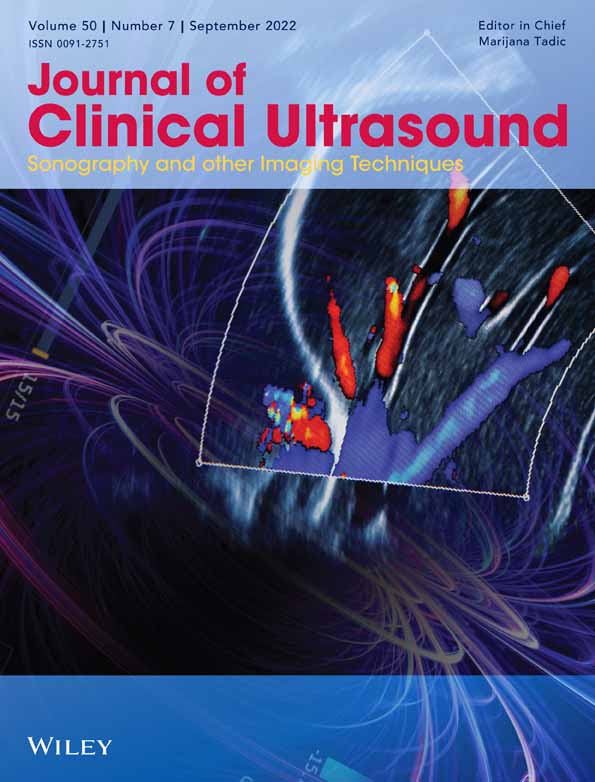Intertwin membrane cord insertion in dichorionic twin pregnancy: The description and comparison with other umbilical cord insertion types
Abstract
Purpose
Multiple pregnancy is associated with high perinatal mortality and morbidity. Abnormal cord insertions more common in twin pregnancies compared to singleton pregnancies and velamentous cord insertion is related with poor pregnancy outcomes. There is no definition of velamentous cord insertion into the intertwine membrane between two fetuses in the literature.
Methods
In our single-center cross-sectional study, monochorionic-diamniotic and dichorionic-diamniotic twins who were admitted to our clinic between 18 + 0 and 23 + 6 weeks of pregnancy were enrolled in this study. We evaluated fetal, placental, and umbilical cord abnormalities in addition to fetal growth restrictions and weight discordance by ultrasonography.
Results
Although abnormal cord insertion frequency was significantly higher in monochorionic twins (p = 0.003), intertwin membrane cord insertion could only occur in dichorionic twins. In cases with cord insertion anomaly; FGR and weight discordance was observed more frequently (p < 0.001 and p = 0.003, respectively). Weight discordance, the presence of abnormal cord insertion and abnormal UAD were found as statistically significant predictors of FGR (p < 0.001, p = 0.021, and p < 0.001, respectively).
Conclusion
Intertwin membrane insertion is a novel umbilical cord insertion abnormality. The presence of abnormal umbilical cord insertion is a risk factor for poor pregnancy outcomes in twin pregnancies.
CONFLICT OF INTEREST
The authors declare no conflict of interest.
Open Research
DATA AVAILABILITY STATEMENT
The data that support the findings of this study are available from the corresponding author upon reasonable request.




